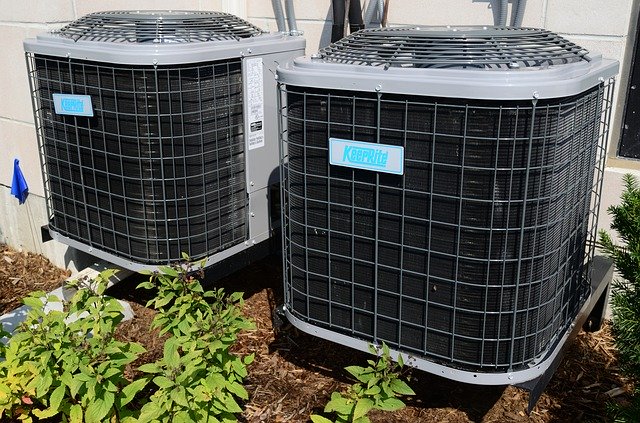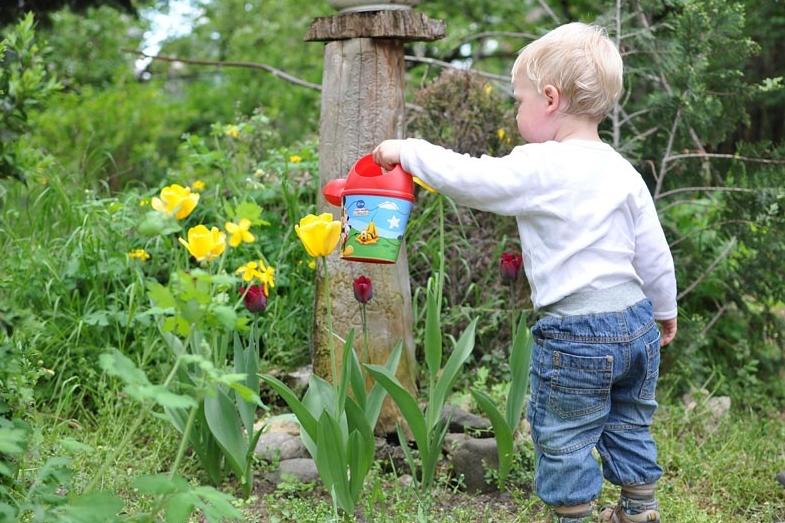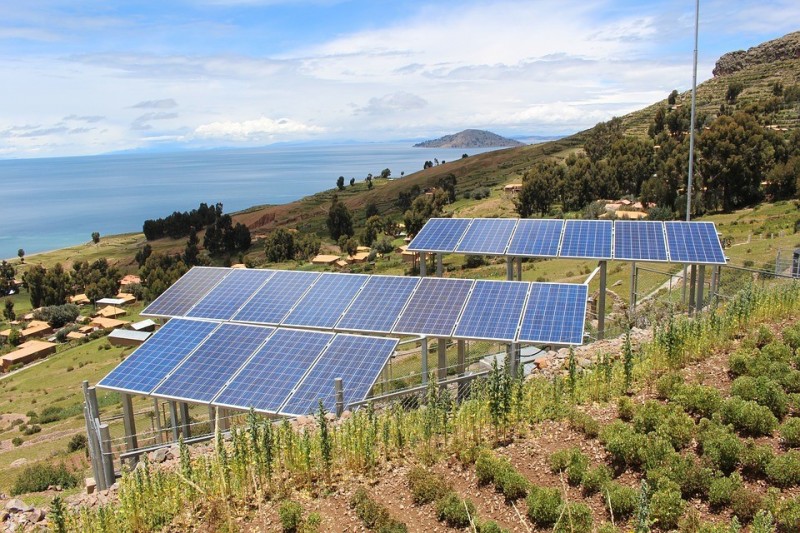

Almost every HVAC system consists of pressure control valves that help in the smooth operation of the entire unit. From maintaining a specific pressure in the circuit to keeping the system pressure under control, the control valves play a crucial role in keeping the HVAC system safe.
The principal of control valves
Most HVAC systems operate within a specific pressure range. This pressure range is a combination of forces from the actuators. Without absolute control of these forces, the fluid components in the HVAC system may get damaged. Control valves help to avoid this type of hazard. These valves safeguard the maximum pressure limit in an HVAC system by diverting excess oil as soon as the pressure starts reaching the upper limit.
Pressure override and cracking pressure
Cracking pressure is the pressure that a control valve first releases to allow HVAC fluids to pass through. On the other hand, full-flow pressure is the bypassing of the full-rated flow through the control valve. The difference between cracking pressure and full-flow pressure is pressure override. The control valve plays a vital role in the pressure override of an HVAC system.
Direct-acting control valves
A direct-acting control valve consists of a ball or poppet that remains exposed to the system’s pressure. Directly opposite to this part is a spring of preset forces that keep the pressure balanced. Different suppliers claim that their control valves can maintain the pressure balance irrespective of the type of HVAC system. However, only a few can keep their promises, one of which is Blackhawk Supply.
In an adjustable control valve, the force from the compression spring is greater than the force of the system pressure on the poppet or ball. The spring holds the ball in its place tightly. A reservoir port located on the side of the valve’s spring returns the leakage fluid into the tank.
When the system pressure slowly increases and reaches the maximum limit of the valve spring, the HVAC system’s fluid unseats the poppet. This allows the spring to exert a small amount of fluid to pass from the reservoir while maintaining the system’s valve spring pressure. When the system uses enough fluid, the spring allows the poppet to sit tightly in its place again, thus allowing the pressure to drop considerably so that it doesn’t reach the maximum limit of the valve spring.
Most control valves come with adjustable settings that allow you to tweak the screw operating in the spring. You can turn the screw in or out to allow the operator to compress or decompress the spring according to its working condition. The valve can open at any level of pressure, provided it works within its desired range.
The primary control valve usually closes down when the pressure of its inlet reaches the bottom of the valve spring. The main valve allows the system pressure fluid to operate on a significantly larger area of the HVAC system, thus maintaining the appropriate pressure for the system to work without running into any obstacles.



